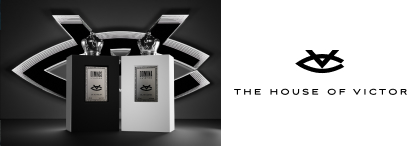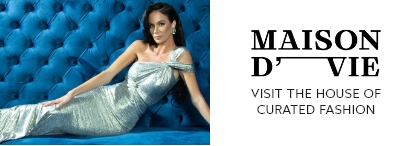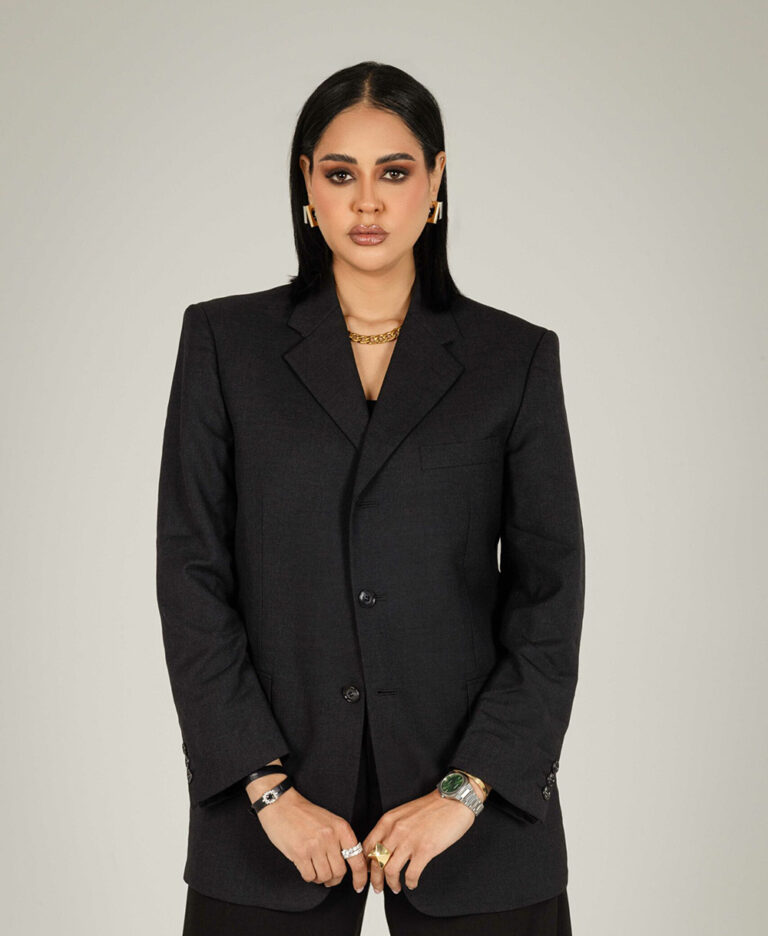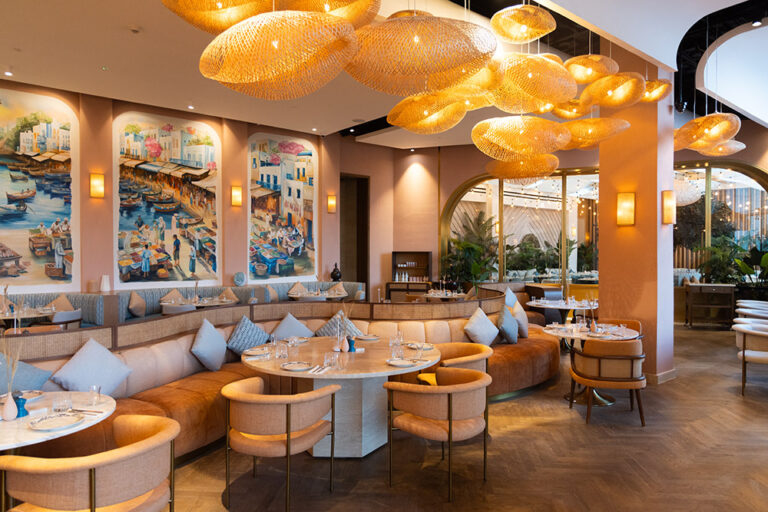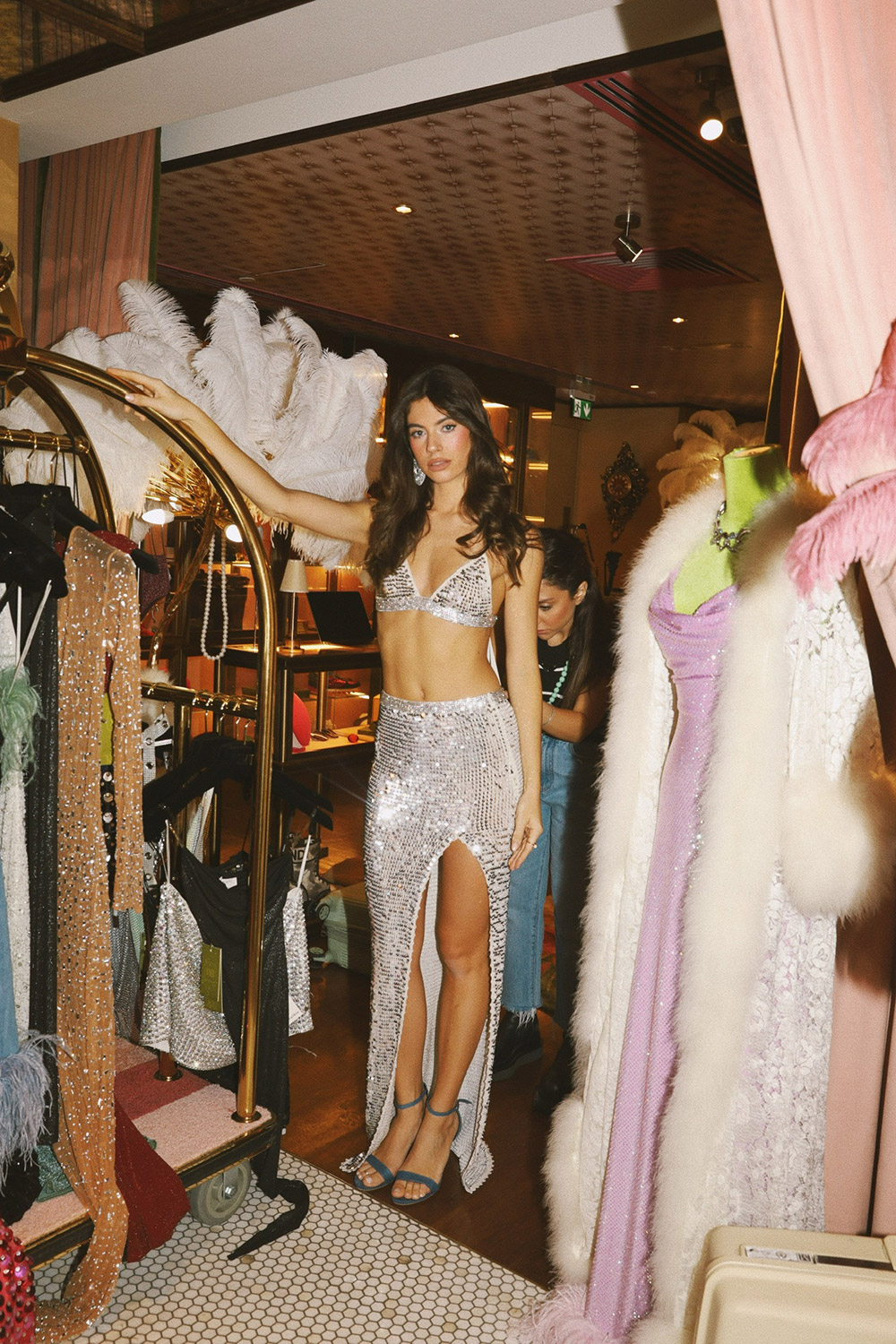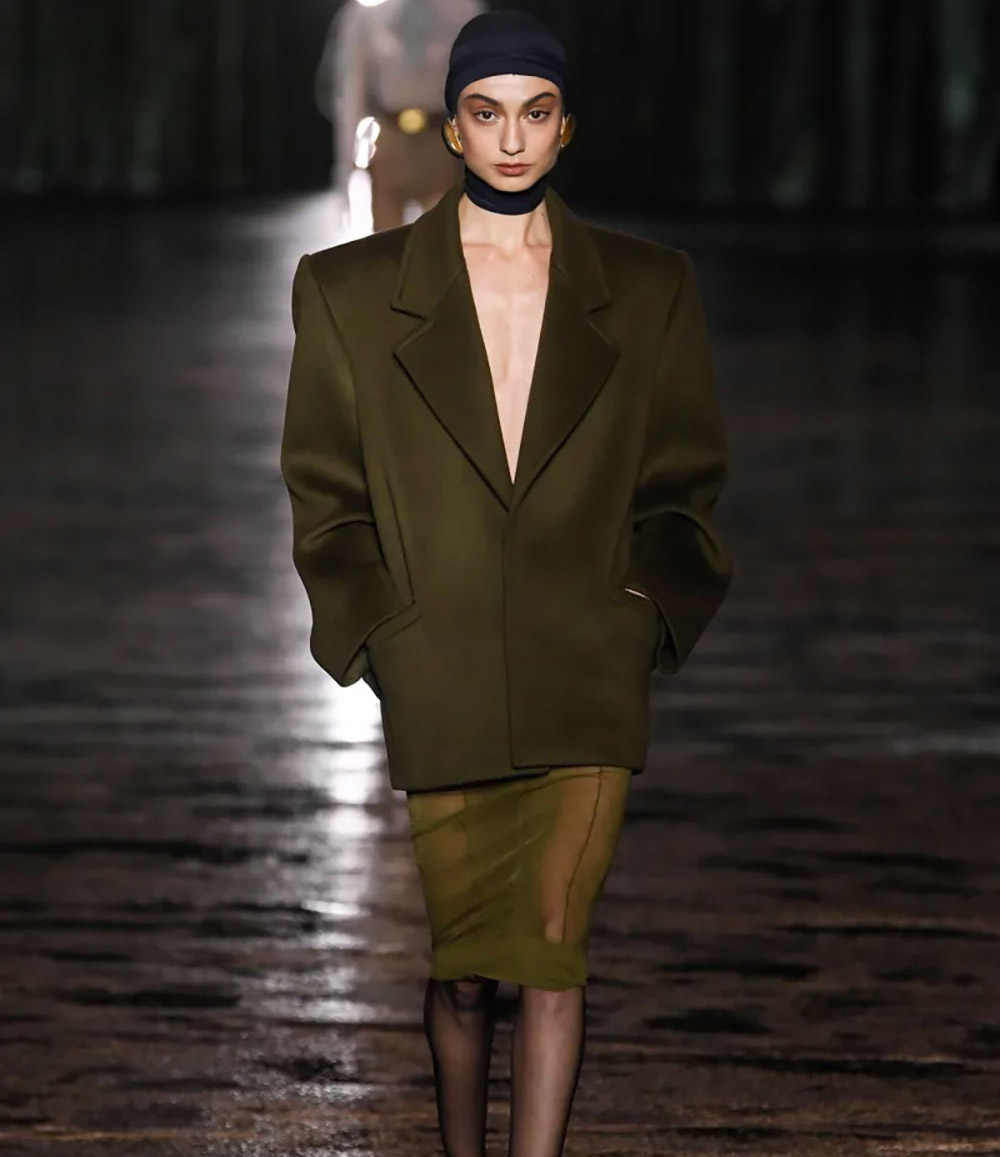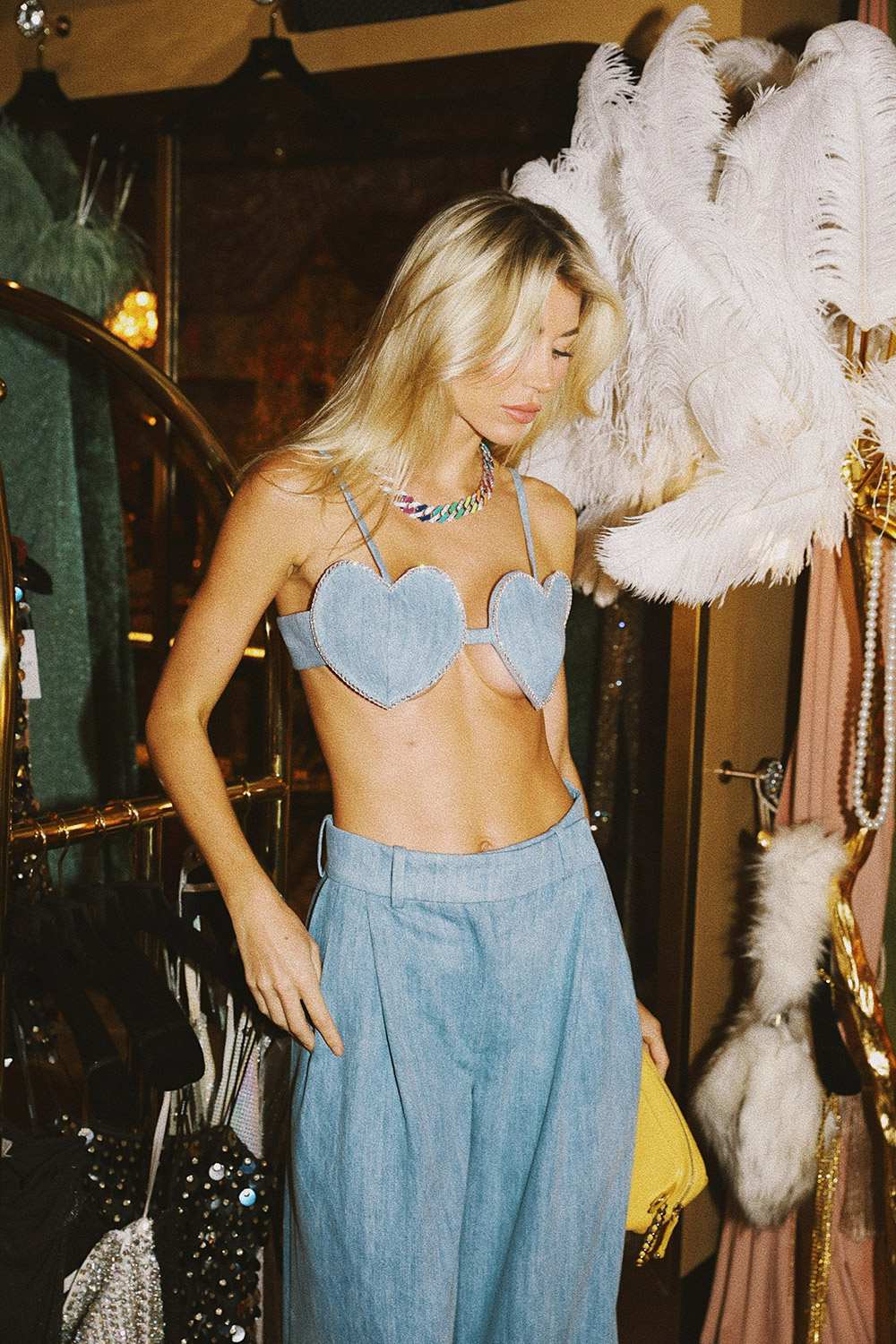
Seventies What a fashion decade!
Maged Ouchi
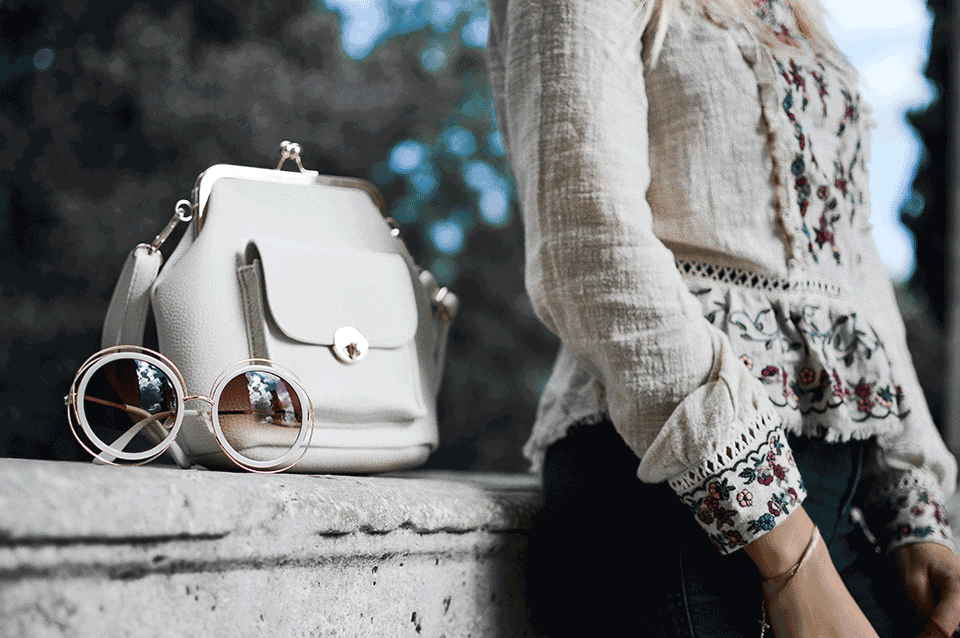
- Photo by: Tamara Bellis
Thinking of 1970s fashion, you’d probably start to have a slide show before showing flares, bell sleeves, shearling coats, miniskirts, fitted shirts all in striking colors. Fashion during this decade was so unique, varied and experimental.
The revolutionary fashion character of this decade was influenced by many political and social changes. In the below lines, we’ll be studying what made the fashion of the 1970s become so extraordinary.
It started in the 60s
The late 1960s was a time of upheaval, rebellions and spiritual awakening in different areas of the world; Latin America, Africa, Asia. People started to question politics, ask for civil rights, feel gender equality and seek real freedom. These changes resulted in the ‘70s, a decade of freedom of expression and exploration. The fashion of the day reflected the changes taking place across the universe especially among the younger generation.
Society had many reasons to protest; they did not want war, they were against the gender roles that reigned at that period, and they rejected the glamour of the 1960s in favor of something more practical and easy.
Music
Music played a great role in shaping fashion in the 1970s. Different musical genres were played around the world (punk, rock, Disco, Pop, etc.). Many bands were competing to attract
the audience. The Rock bands dressed in bell-bottom jeans and casual shirts with bold patterns such as paisley or floral landscapes. Females wore long, flowing cotton dresses known as maxi dresses. The punk music scene inspired its fans to dress in torn clothing, black leather and rebellious and anti establishment styles. The advent of disco music in the late 70’s created a completely different atmosphere. Disco ladies wore glittery mini dresses and the guys wore tight polyester pants.
Cinema
As a part of the global change, actors in movies and TV shows highlighted the self-expression of the time, also had an impact on fashion. John Travolta epitomized the disco king in the movie “Saturday Night Fever” men adopted the film’s styles such as tight pants, long sideburns and hair and biker boots. Women were also inspired by Actresses who presented an early version of the current fashionistas like Diane Keaton who appeared in “Annie Hall” wearing baggy pants that was a ‘trend’ in few weeks . Farah Fawcett in “Charlie’s Angels” also inspired big, feathered hairstyles for women.
Travel
Traveling abroad became available through commercial airlines. Westerners were able to visit faraway locations and show the styles which became popular and familiar around the world like
the ubiquitous jeans and tee shirt. They also experienced garments, inspiration and fabrics previously unseen; the caftans, kimonos, muumuus. Africa and Asia became the inspiration for at-home comfort robes and light jackets that would become fashion staples of the era.
Spirituality
The late ’60s were an age of spiritual enlightenment for many people and religions around the globe such as Buddhism and Hinduism were on the rise in the west. People wore the garments and fashions of these religions and of the cultures of India and Asia. Men wore collarless Nehru jackets and linen shirts and pants, women wore flowing, colorful caftans.
Social movements
Many social and political movements became strong and effective in the 1970s which influenced how people expressed themselves. Before the decade started, T-shirts had been regarded as underwear, but the rebellious made this item fashionable as an item of daily clothing. Again, this can be seen as a protest against norms and prejudice. Statement T-shirts were even more vibrant as they contained messages in the form of symbols, slogans, or words. These garments were particularly popular among activists of the following movements who tried to express their ideas in different ways.
1- The hippie supported equality regardless of gender, the movement promoted personal expression away from all norms. Men wore their hair long and untamed. Hippie men were perceived as more feminine. Women redefined what was acceptable by sporting varying hemlines ranging from long maxi skirts to short miniskirts. Flowers and floral prints were worn as a symbol of peace and love
2- The civil rights movement inspired many African Americans / Europeans to express themselves and their African roots. Men wore the small, rounded hats that many Africans wore and both men and women dressed in the flowing robes decorated with the bold patterns and colors of Africa.
3- Feminism is another example of the change in society, millions of men wore high-heeled boots. At the same time, women often chose to wear trousers and suits. Females fought for true equality and the elimination of many norms and gender stereotypes and certain clothes helped them to achieve this goal. Women expressed their feminist views with the choice of their clothes.
In a nutshell, it is clear that the 1970s was the decade when the fashion industry was affected by the global changes in many ways. People used their clothes to express their views and self-identify. Comfort and practicality were valued higher than glamour. Rebellion against conventions was a key for lifestyle. People tried to combine activism, professionalism, family, and fun in what they wore.
By Author

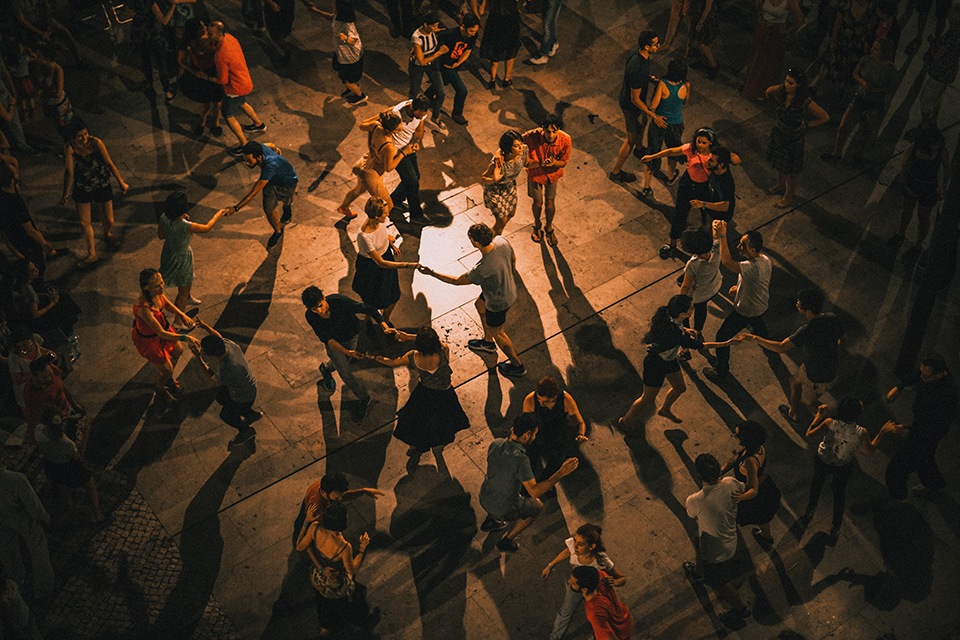
It takes two to Tango; passion and sensuality
no related post found
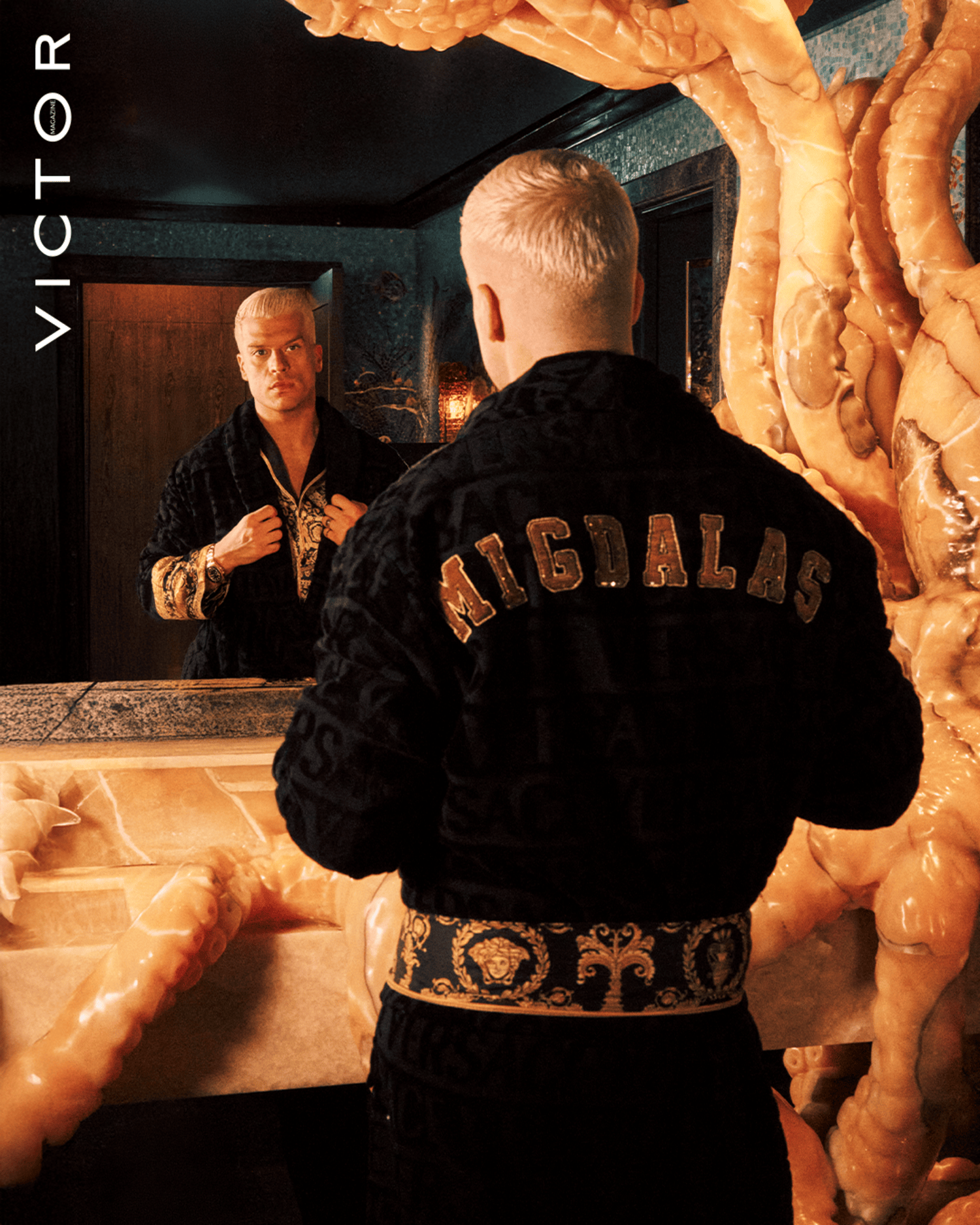
Beyond the Expected: John Migdalas on Today’s Luxury
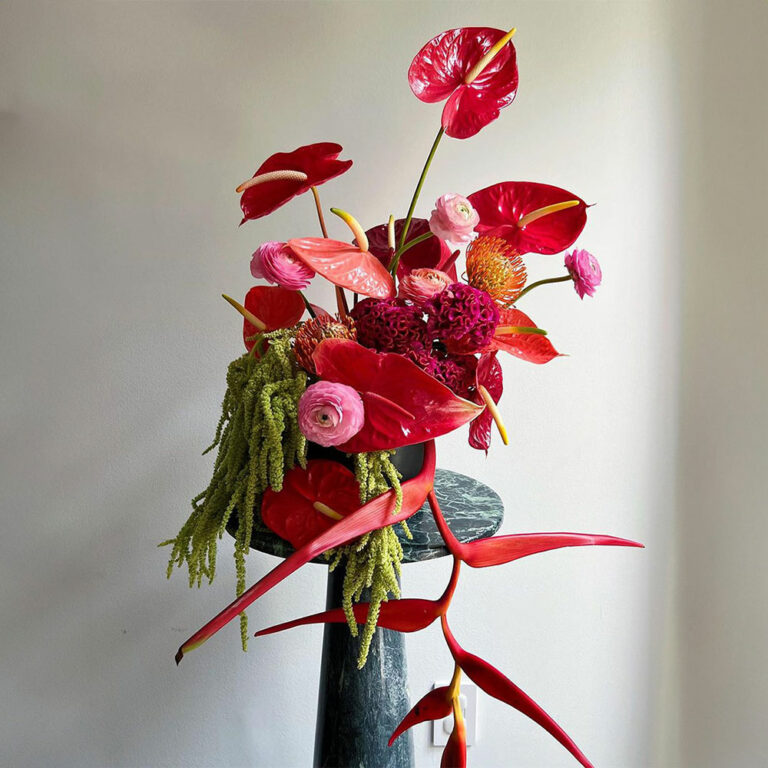
“Flowers are our favorite F word!”

Indulging in Love and Flavor at Playa: A Valentine’s Day Delight

Beyond the Expected: John Migdalas on Today’s Luxury
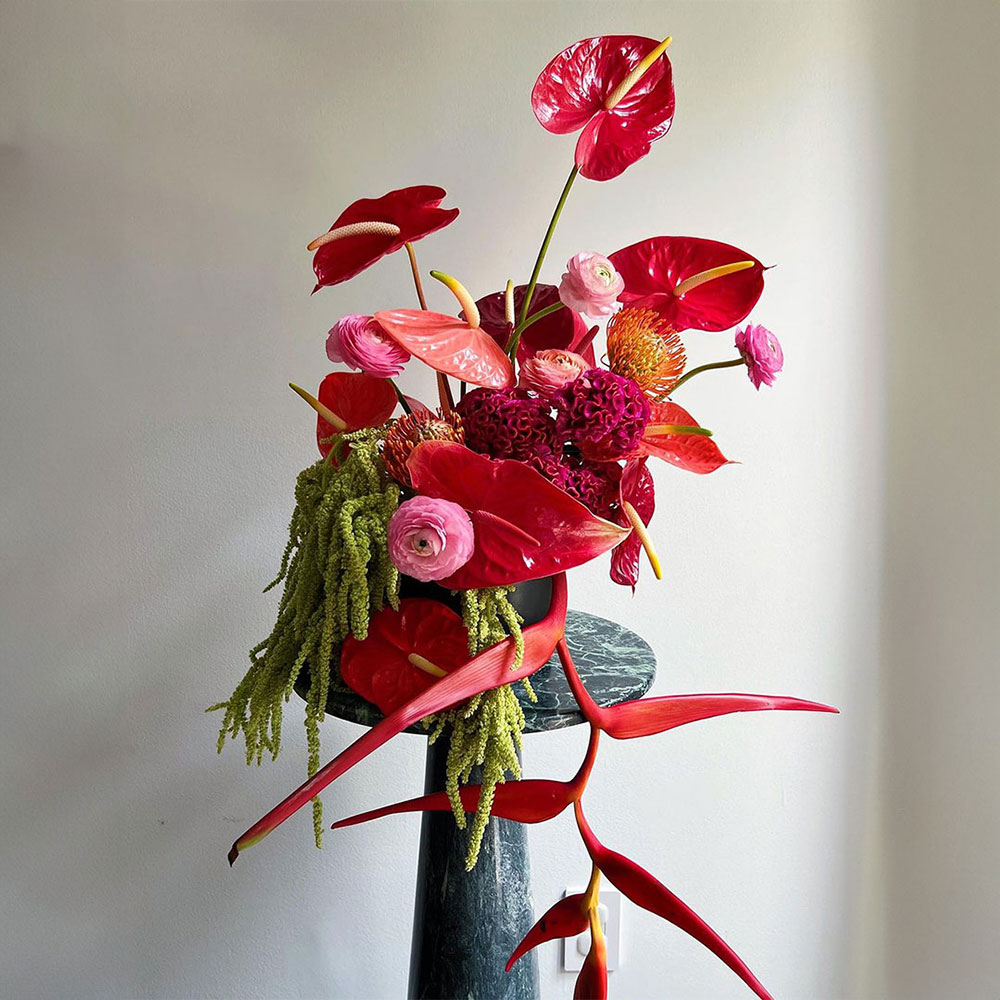
“Flowers are our favorite F word!”

Indulging in Love and Flavor at Playa: A Valentine’s Day Delight



